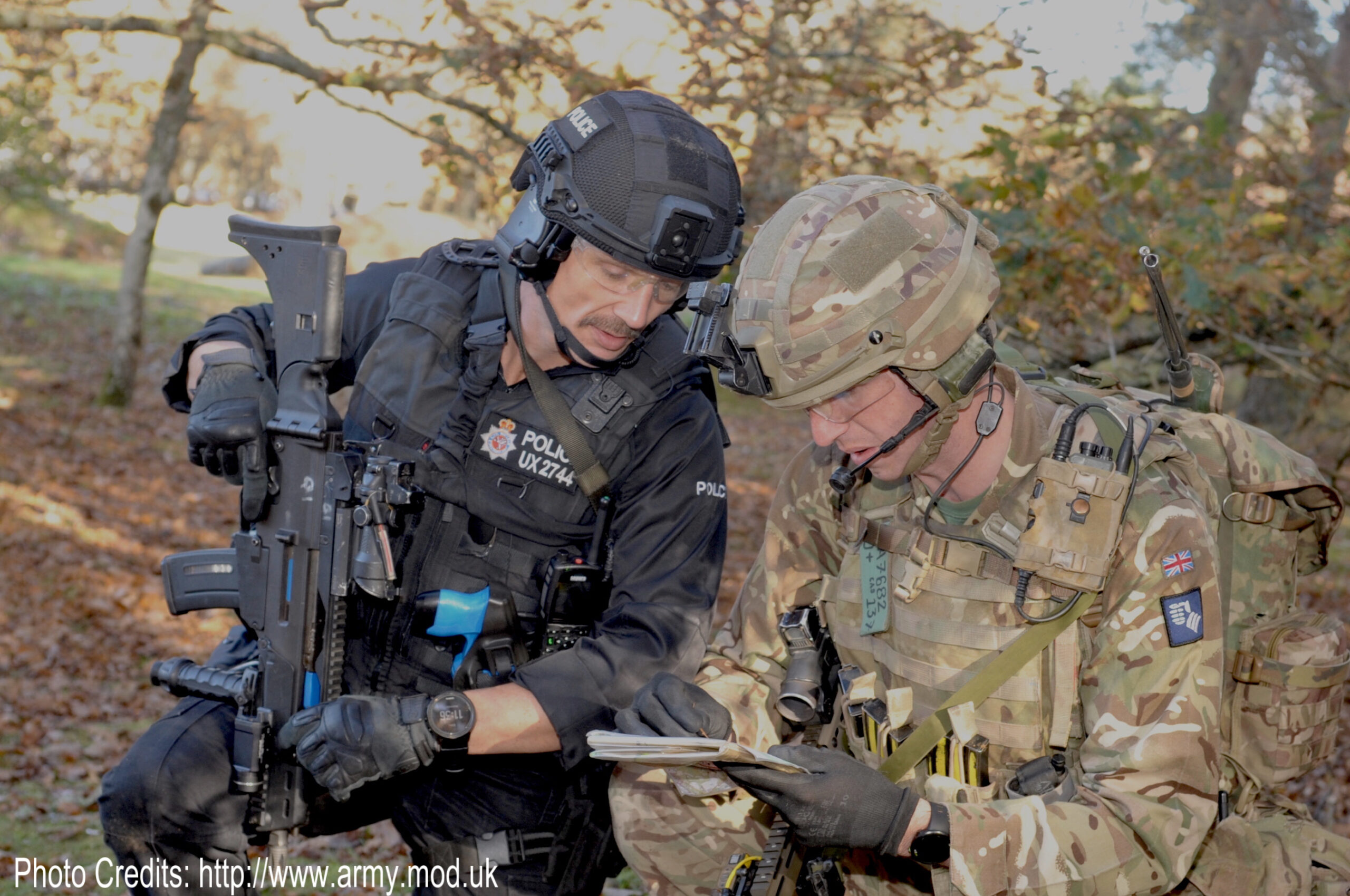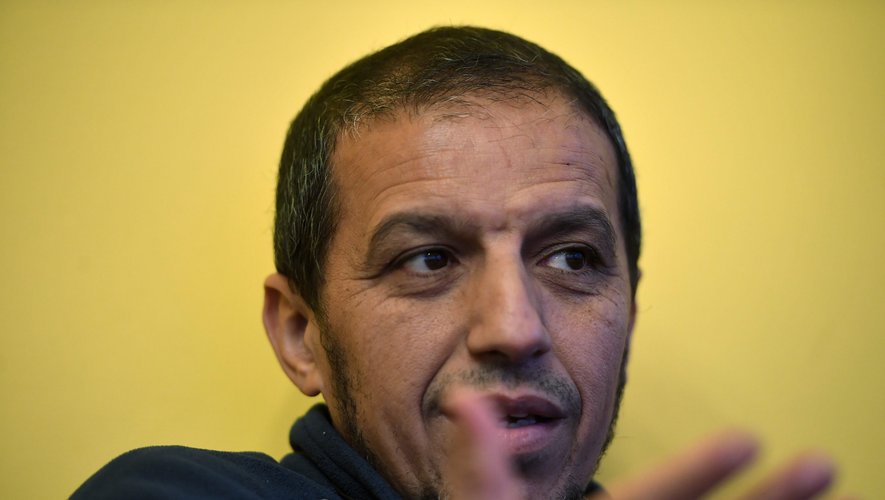They jogged together or did calisthenics along the hilly lawns and tulip-dotted gardens of Buttes-Chaumont, the public park in northeastern Paris built more than a century ago under Emperor Napoleon III. Or they met in nearby apartments with a janitor turned self-proclaimed imam, a man deemed too radical by one local mosque because of his call for waging jihad in Iraq.
The group of young Muslim men, some still teenagers, became known to the French authorities as the Buttes-Chaumont group after the police in 2005 broke up their pipeline for sending young French Muslims from their immigrant neighborhood to fight against American troops in Iraq. The arrests seemingly shattered the group, and some officials and experts were skeptical that members ever posed a threat to France.
But the shocking terror attacks last week in Paris have now made plain that the Buttes-Chaumont network produced some of Europe’s most militant jihadists, including Chérif Kouachi, one of the three terrorists whose three-day rampage left 17 people dead and who was killed by the police.
Other alumni from the group have died in Iraq or remained committed to radical Islam, including a French-Tunisian now aligned with the Islamic State who has claimed responsibility for a handful of assassinations in Tunisia, including the July 2013 murder of a leading left-wing politician.
“They were considered the least dangerous,” Jean-Pierre Filiu, a professor of Middle East studies and specialist on French Islamic terror cells, said of the Buttes-Chaumont group. “And now you see them really at the forefront.”
Now French authorities, while still piecing together how such violent attacks could have been staged in the capital, must also be concerned by the possibility that other homegrown groups may be passing unnoticed — or may be similarly underestimated.
The attacks suggest the prospect of a potent intermingling among some members of the original Buttes-Chaumont group and other extremists. Their meeting place, apparently, was the French prison system.
There, their radicalism hardened as some members of the group came together with other prominent jihadists who were connected to more extensive and dangerous militant networks.
For decades, France has endured Islamic terror threats and attacks, from Iranian-inspired groups during the 1980s to Algerian extremists in the 1990s to cells linked to Al Qaeda before and after the Sept. 11, 2001, attacks in the United States.
More recently, French and other European security services have grown increasingly alarmed by thousands of young, alienated Muslim citizens who have enlisted for jihad in the conflicts in Syria and Iraq.
In each decade, a familiar pattern has emerged: a radicalized minority of European Muslims — whether they have gone abroad for jihad or not — have been angered and inspired by wars the West has waged in the Arab world, Africa and beyond, and have sought to bring the costs of those conflicts home.
After French authorities swept up members of the Buttes-Chaumont group in the 2005, during his time in prison Chérif Kouachi came under the sway of an influential French-Algerian jihadist who had plotted to bomb the United States Embassy in Paris in 2001.
Continue reading the main story






